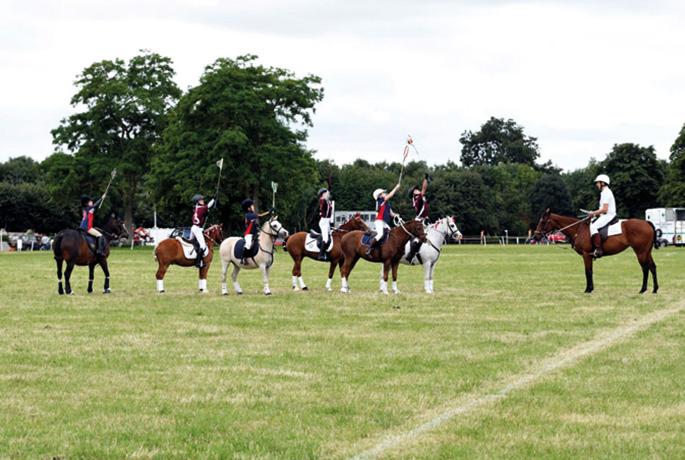
The Basics: A Polocrosse match is played on a rectangular field, with two teams of six players each, divided into sections of three who play alternating chukkas (periods) against their counterparts. The objective is simple: score more goals than the opposing team by throwing a sponge rubber ball into the opposing team’s goal, using a racquet similar to a lacrosse stick.
The Horse and Rider: The synergy between horse and rider is the heart of Polocrosse. Horses are trained to be agile and responsive, capable of quick starts, stops, and turns. Riders must be skilled not only in horsemanship but also in handling the ball with their racquets, making precise throws, and catching the ball while maneuvering their horse at high speeds.
Gameplay and Rules: Polocrosse emphasizes teamwork and strategy. The field is divided into three zones: the goal scoring area, the midfield, and the defensive area. Players are assigned specific roles—attack, midfield, or defense—and must work within their zones, passing the ball to teammates and defending against the opposition. Physical contact is allowed but regulated to ensure the safety of horses and riders.
Skills and Strategy: Success in Polocrosse requires a combination of equestrian skills, hand-eye coordination, strategic thinking, and physical endurance. Players must anticipate the movements of other players and horses, making split-second decisions to intercept passes or initiate attacks. The sport rewards versatility, as players must be adept at both offensive and defensive play.
The Community and Spirit: Beyond the adrenaline of competition, Polocrosse is celebrated for its community spirit and camaraderie. It brings together players of all ages and backgrounds, fostering a shared passion for equestrian sports and teamwork. The sport is known for its welcoming, inclusive atmosphere, where friendships are formed both on and off the field.